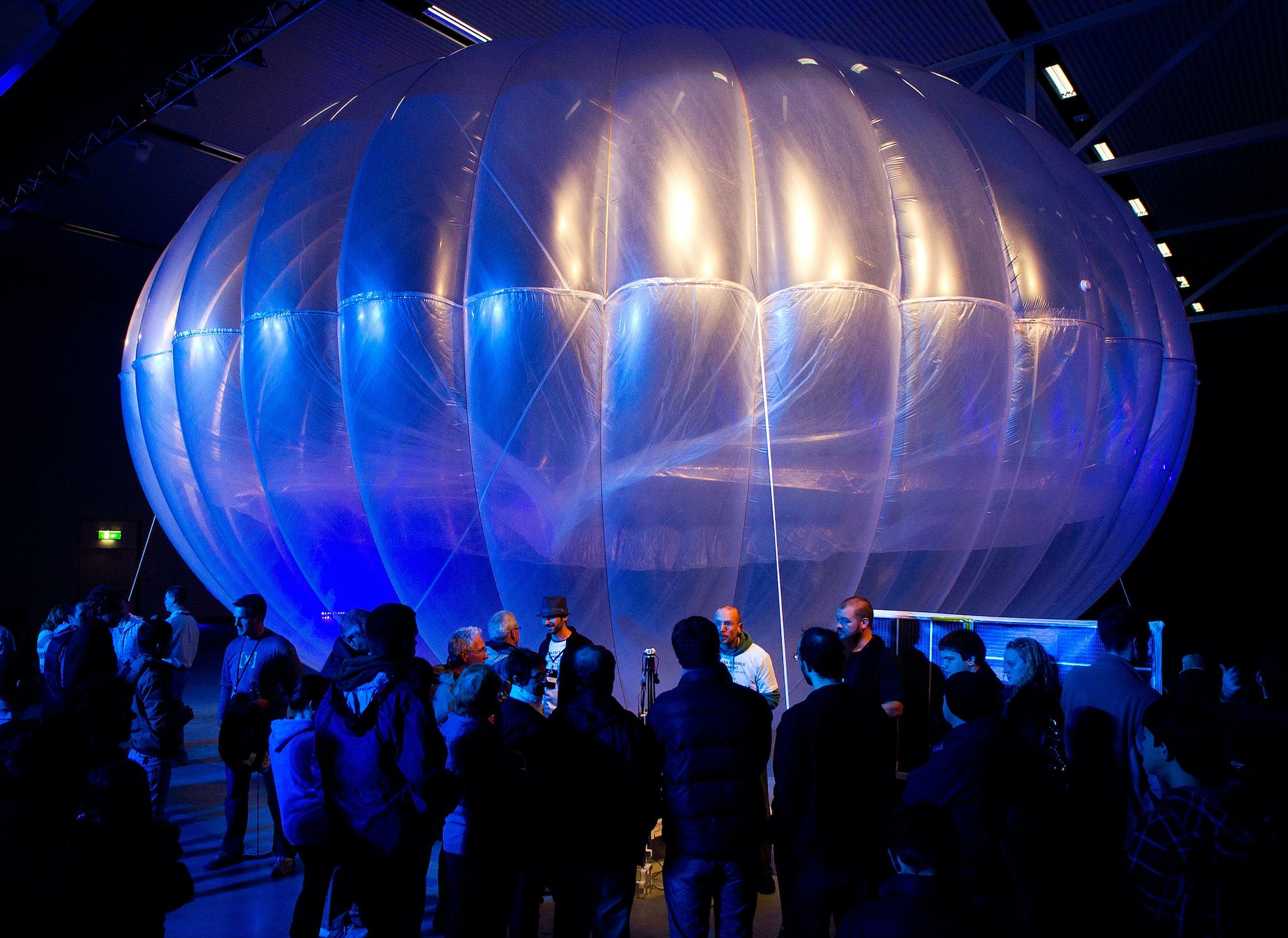Google internet balloons sent into the air in Kenya to provide 4G from the sky
Floating technology sits at the edge of space and beams connections back down

Your support helps us to tell the story
From reproductive rights to climate change to Big Tech, The Independent is on the ground when the story is developing. Whether it's investigating the financials of Elon Musk's pro-Trump PAC or producing our latest documentary, 'The A Word', which shines a light on the American women fighting for reproductive rights, we know how important it is to parse out the facts from the messaging.
At such a critical moment in US history, we need reporters on the ground. Your donation allows us to keep sending journalists to speak to both sides of the story.
The Independent is trusted by Americans across the entire political spectrum. And unlike many other quality news outlets, we choose not to lock Americans out of our reporting and analysis with paywalls. We believe quality journalism should be available to everyone, paid for by those who can afford it.
Your support makes all the difference.Google-created, internet-enabled balloons have been sent to the edge of space, in order to provide internet in Kenya.
The technology aims to allow people who are either underserved or entirely unserved by current internet infrastructure to be able to get online, by sending out connections over a span of 31,000 square miles.
There will eventually be 35 of the solar-powered balloons hovering over Africa, with solar power allowing them to hover in the air like floating cellphone towers.
The technology is run by Loon, which is owned by Google's parent company, Alphabet. It began as one of Google's many "moonshots", with initial versions created out of beer coolers and WiFi routers.
But Loon has gradually expanded and is now finally providing internet connectivity in a commercial way for the first time ever.
For the moment, the Loon network may be inconsistent, as not all of the balloons have been deployed. To get the full 35 or more that will make up the initial service, more of the floating masts will be launched using special tools from America, before being carried by wind currents to Kenya.
Testing has already showed that the connections have downlink speeds of 18.9Mbps, wrote chief executive Alastair Westgarth. That is comparable with some home WiFi connections, and easily enough not only for voice calls and texting but even streaming video such as YouTube.
Mr Westgarth noted that the early testing means many Kenyans "have already been connecting to the internet through a balloon — although most didn’t realise it". They have been able to do so because the connections are part of a deal with Telkom Kenya, launched in 2018 to provide a new commercial service.
Google says that it does not intend for the floating balloons to replace the current ground- and space-based technologies for data connections. Instead, it envisions a future in which the different ways of connecting will be available to users depending on their needs, serving different parts of the globe, said Mr Westgarth.
Join our commenting forum
Join thought-provoking conversations, follow other Independent readers and see their replies
Comments